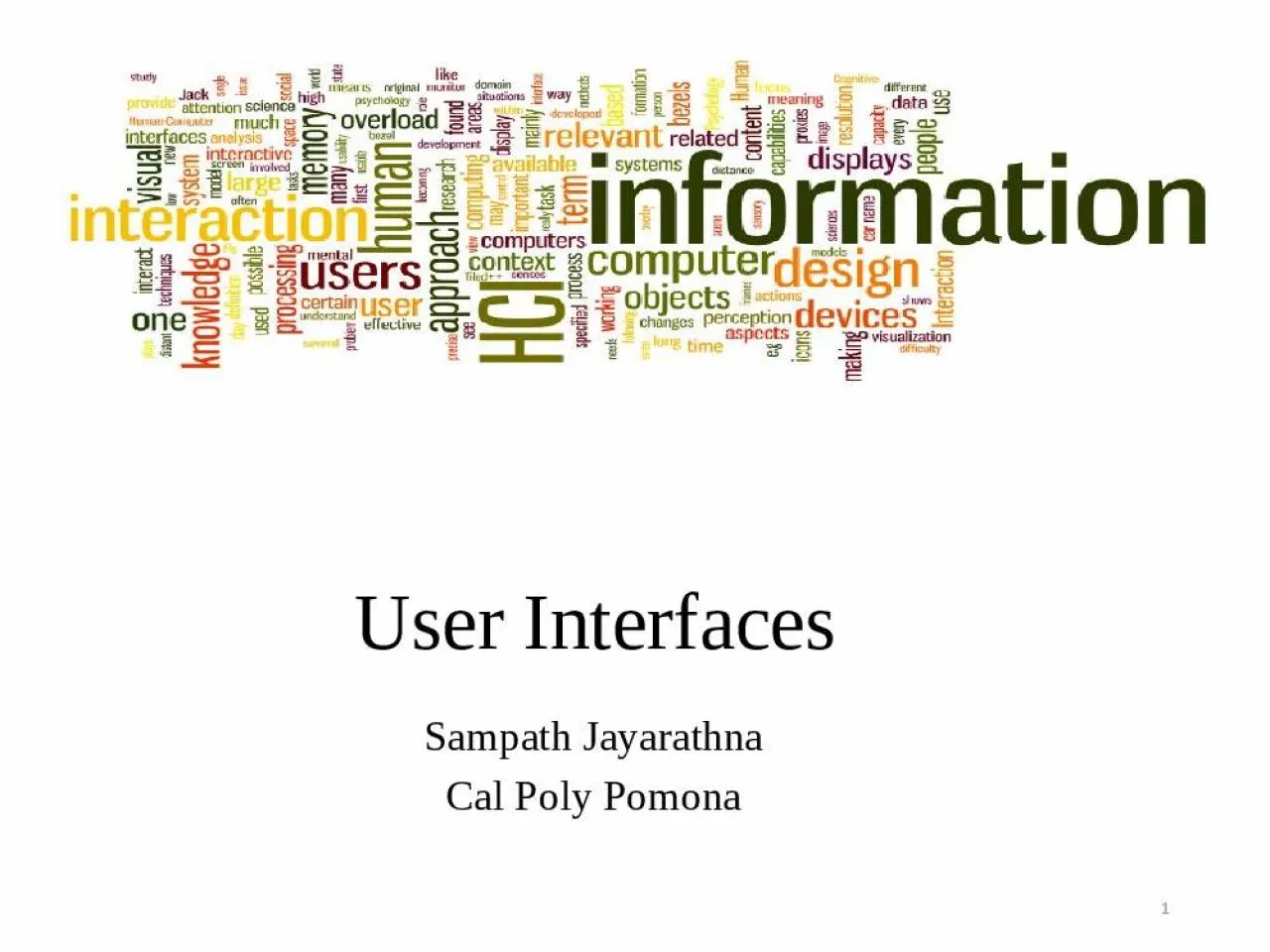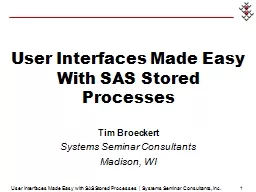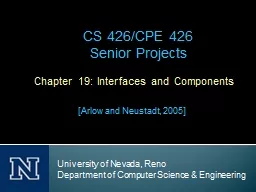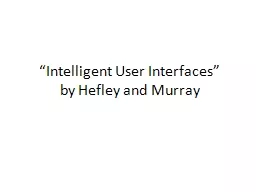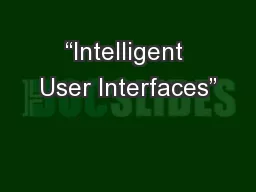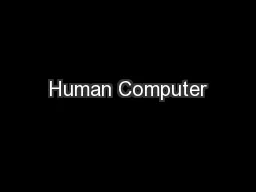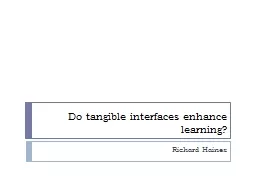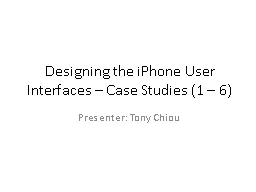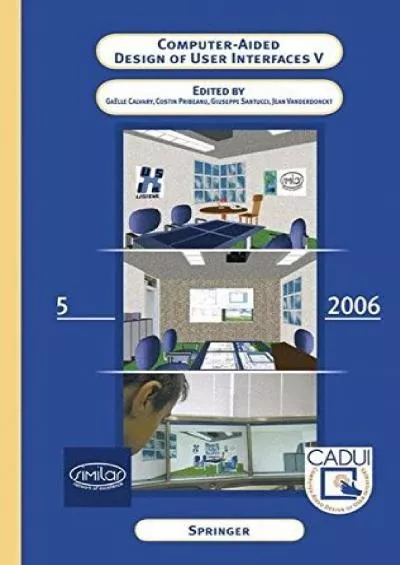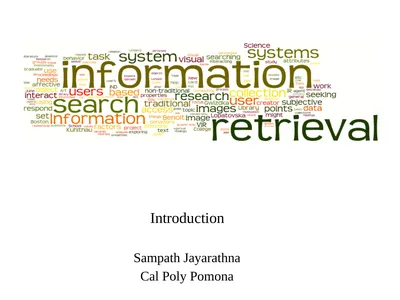PPT-User Interfaces Sampath Jayarathna
Author : morton | Published Date : 2022-02-12
Cal Poly Pomona 1 Why study user interfaces Good UIs are critical to success UI programming is easy sophisticated algorithms not required straightforward can immediately
Presentation Embed Code
Download Presentation
Download Presentation The PPT/PDF document "User Interfaces Sampath Jayarathna" is the property of its rightful owner. Permission is granted to download and print the materials on this website for personal, non-commercial use only, and to display it on your personal computer provided you do not modify the materials and that you retain all copyright notices contained in the materials. By downloading content from our website, you accept the terms of this agreement.
User Interfaces Sampath Jayarathna: Transcript
Download Rules Of Document
"User Interfaces Sampath Jayarathna"The content belongs to its owner. You may download and print it for personal use, without modification, and keep all copyright notices. By downloading, you agree to these terms.
Related Documents

